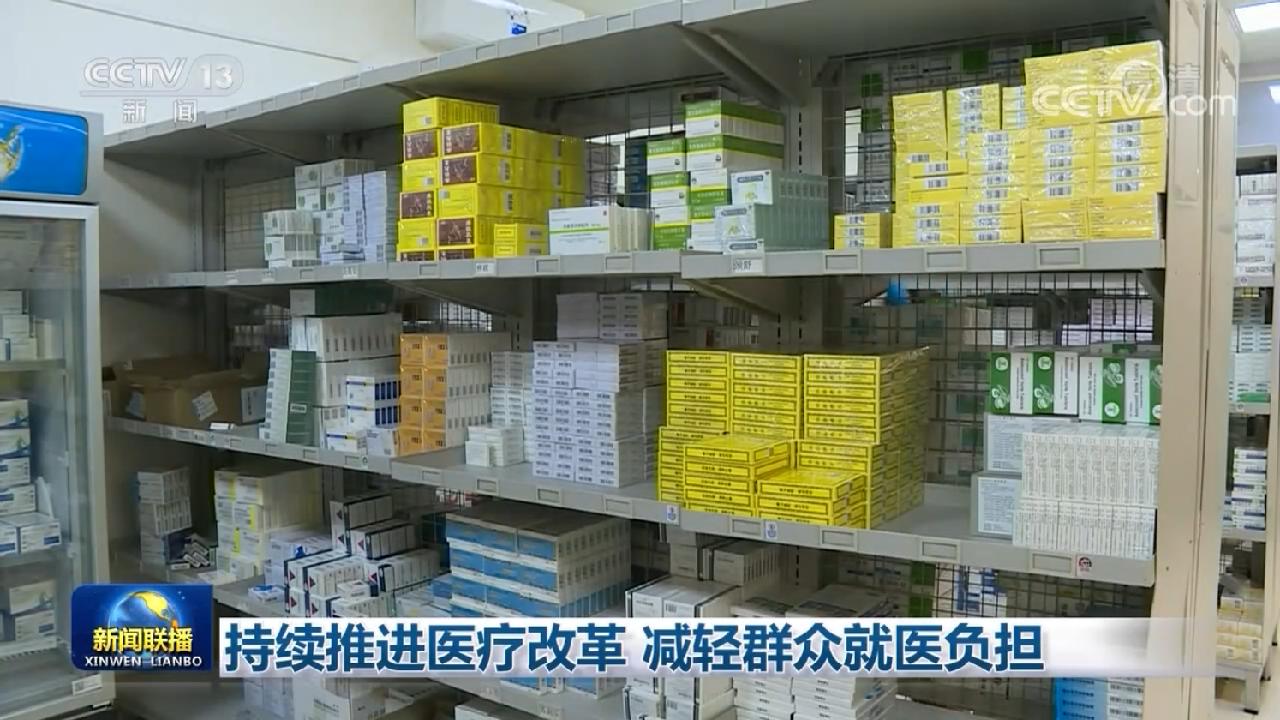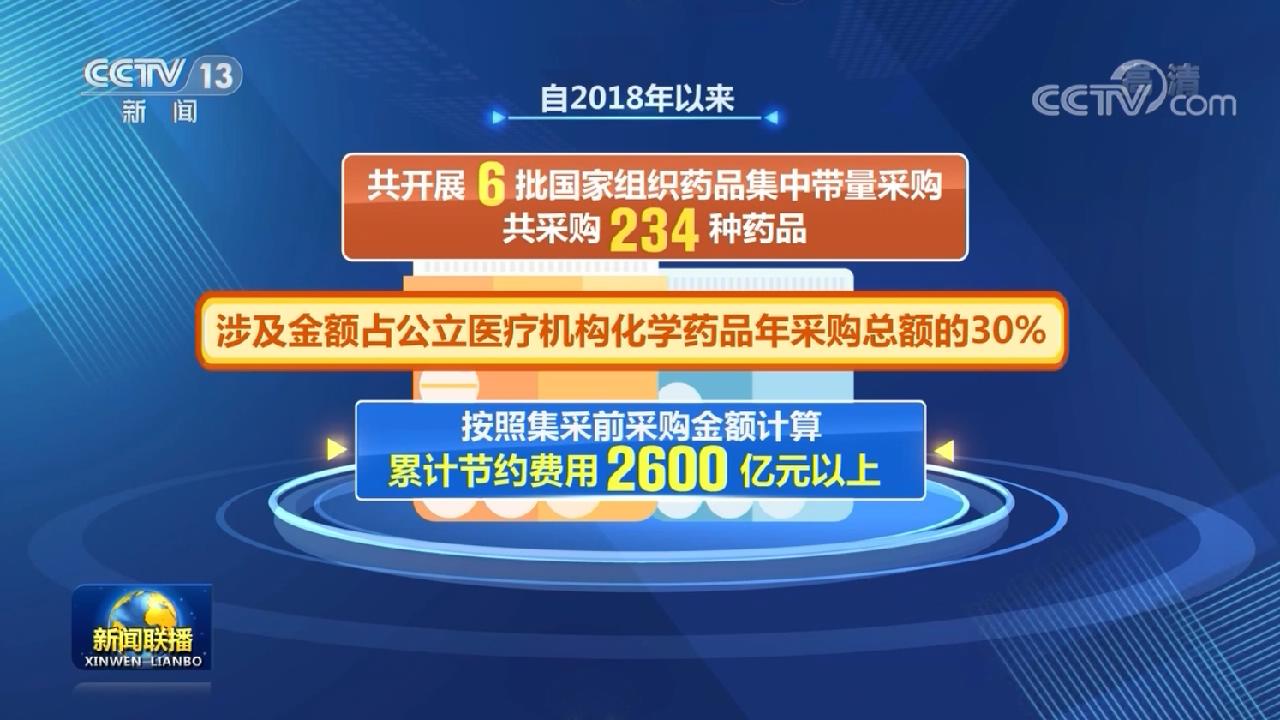Continue to promote medical reform and reduce the burden of medical treatment for the masses
Cctv news(News Network): In January this year, the new version of the national medical insurance drug list was implemented, and the national negotiated drugs have been equipped in more than 150,000 designated medical institutions across the country.
Mr. Xie, a citizen of Huzhou, Zhejiang Province, bought a national medical insurance negotiation drug in a retail pharmacy, which is a targeted drug for the treatment of malignant tumors.

On January 1st this year, the new national medical insurance catalogue was implemented, and 67 kinds of drugs were added through negotiation, with an average price reduction of 62%, covering the demand for drugs such as tumors, chronic diseases and rare diseases. To reduce the drug burden of the masses, it is not only that drugs can be "reimbursed" in medical insurance, but also that people can use drugs conveniently and quickly, so as to improve the accessibility of negotiated drugs. In order to solve the problem of negotiating drugs landing, in May last year, the National Medical Insurance Bureau put forward a "dual-channel" management mechanism for negotiating drugs, determined that designated retail pharmacies should be included in the supply guarantee scope of medical insurance drugs, and implemented a unified payment policy with medical institutions. By the end of February 2022, the negotiated drugs in the new national medical insurance drug list during the agreement period were equipped in 154,700 designated medical institutions nationwide, of which 42,100 were designated medical institutions and 112,600 were designated retail pharmacies.

According to the National Medical Insurance Bureau, in January this year alone, during the agreement period, 17.7387 million people were reimbursed for drugs negotiated, and the medical insurance fund spent 5.197 billion yuan, with an average actual reimbursement rate of 69.12%.
Since 2018, a total of six batches of drugs have been purchased by the state, and a total of 234 drugs have been purchased, involving 30% of the total annual procurement of chemicals in public medical institutions. According to the purchase amount before centralized procurement, the accumulated cost savings are more than 260 billion yuan.